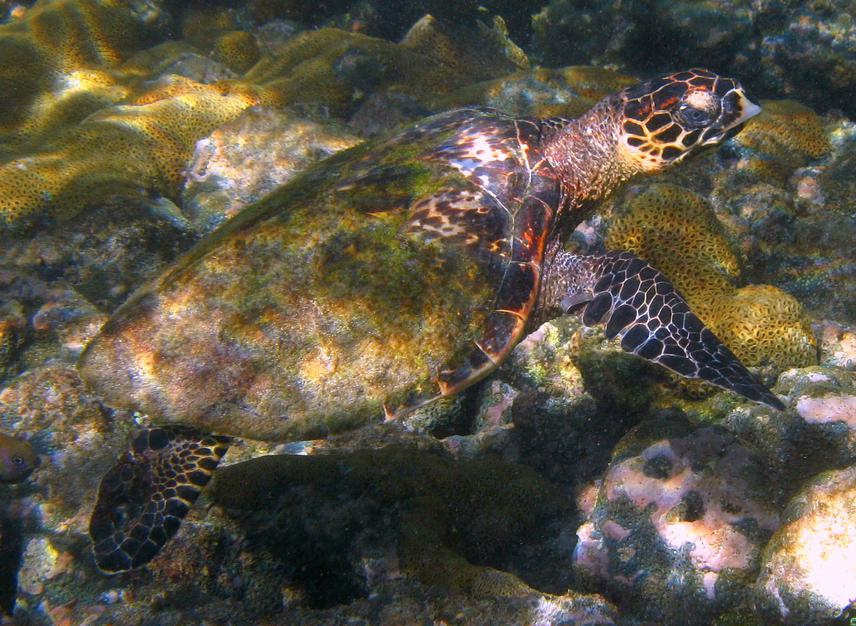Maíra Proietti
Other projects
23 Oct 2014
Identification and Genetic Characterisation of Immature Hybrid Sea Turtles in Brazil
We aim to describe diversity, population structure, origins and migrations of juvenile hawksbill turtles feeding around northeast Brazil, through analysis of nuclear and mitochondrial DNA.

Of all sea turtle species, hawksbill turtles (Eretmochelys imbricata) have suffered the longest and most intense exploitation. Besides threats inherent to all species (egg and meat consumption, habitat degradation and loss, bycatch in fisheries, among others), hawksbills are also a high-value commercial and cultural icon due to their patterned carapace. The drastic population decline suffered by this species has rendered it a ‘critically endangered’ classification in the World Conservation Union Red List (IUCN Red List) and in Appendix I of the Convention for the International Trade of Endangered Species of Fauna and Flora (CITES). In this context, genetic studies emerge as important tool for understanding connectivity and structure of endangered populations, providing the knowledge necessary for determining adequate management strategies for the conservation of species.
In Brazil, large gaps exist in the knowledge of juvenile hawksbill turtles, and we propose to decrease that gap by verifying the genetic characteristics of three feeding aggregations of these animals at the northeastern portion of the country. We will describe the occurrence of hawksbills at the areas through visual census, tagging and biometrics; characterize and compare DNA sequences in terms of composition and diversity; verify genetic structure between areas, determining distinct units; estimate natal origins of animals; analyse surface ocean drifters for improving natal origin estimates and developing migration hypothesis; verify occurrence of hybrid turtles; and divulge information and collaborate with other conservation projects and managers of protected areas for improving management strategies.